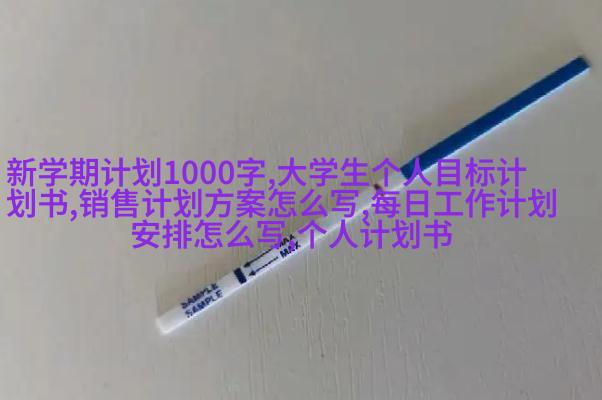准确监测生活质量:血压测量仪在现代医疗中的重要作用

血压测量仪的历史与发展
Blood pressure measurement, as a vital sign monitoring method, has been an essential tool for healthcare professionals since the late 19th century. The first blood pressure meter was invented by French physician Samuel Siegfried in 1854. This early device used mercury to measure blood pressure and was quite cumbersome to use. Over the years, advancements in technology have led to the development of more accurate and user-friendly devices.

医疗器械血压测量仪的工作原理
Modern medical equipment blood pressure monitors operate on a principle known as oscillometry or Doppler ultrasound. Oscillometry measures the changes in cuff width during systolic and diastolic phases of each heartbeat cycle, while Doppler ultrasound uses high-frequency sound waves to detect arterial pulsations within the artery walls.

针对不同需求的血压计类型
There are various types of blood pressure monitors designed for different purposes and user groups: manual sphygmomanometers (also called arm cuffs), digital electronic monitors with inflatable cuffs that wrap around arms or wrists, ambulatory BP monitors that continuously record readings over a period of time, and even portable wristwatch-style BP meters.

如何选择合适的医疗器械血压测量仪
Choosing the right medical equipment blood pressure monitor depends on factors such as intended use (home care vs clinical settings), desired level of accuracy (for diagnosis vs general health monitoring), ease-of-use requirements (e.g., elderly users may prefer simple-to-operate models) and budget constraints.

预防高血压并发症的关键角色
High blood pressure is often referred to as "the silent killer" because it typically doesn't display symptoms until severe damage has already occurred in major organs like kidneys or heart muscles; regular monitoring using medical equipment like automated home-use devices can help prevent complications by identifying hypertension at an early stage when lifestyle interventions are most effective.
未来趋势和创新方向
The future holds much promise for further advancements in non-invasive technologies for measuring cardiovascular health parameters such as pulse wave velocity measurements using magnetic resonance imaging (MRI). Additionally research into artificial intelligence integration could lead to personalized predictive algorithms based on individual patient data sets from their own measurements taken with medical-grade devices at home – enabling proactive management strategies tailored specifically towards maintaining optimal life quality under conditions such as diabetes mellitus or other chronic diseases associated with hypertension risk factors like obesity etcetera…
